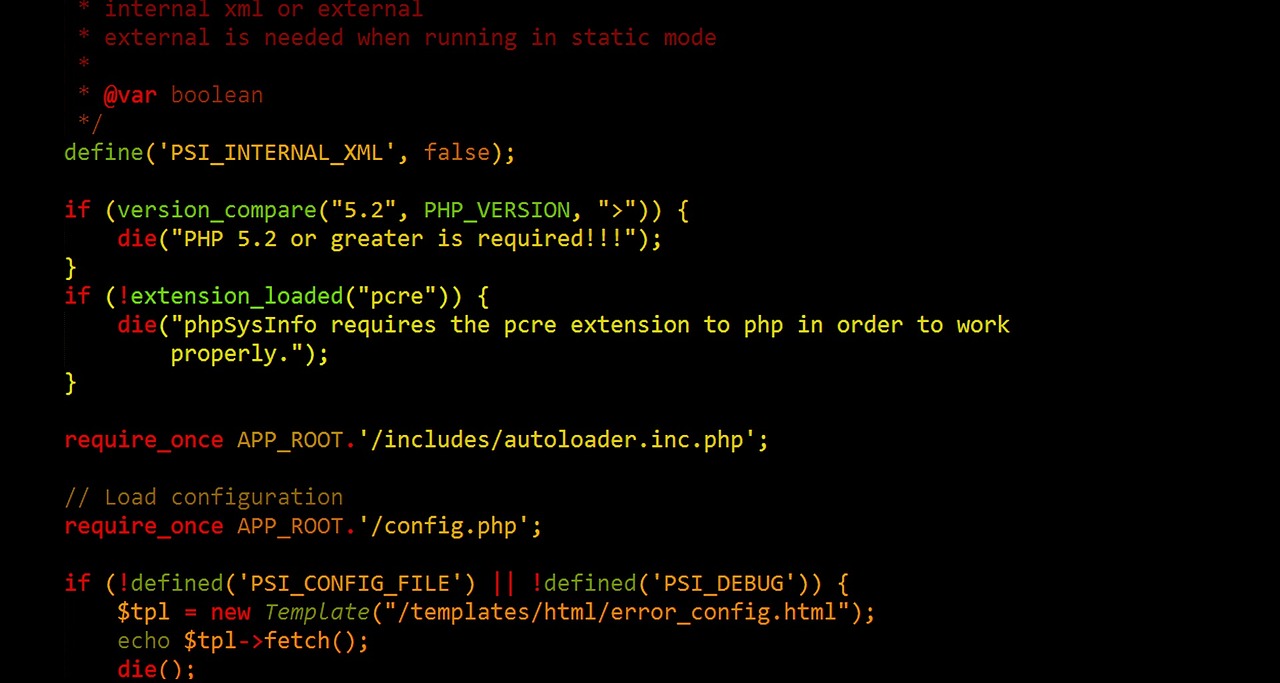AI is rapidly transforming various industries, and web development is no exception. From automating mundane tasks to enhancing user experience, Artificial Intelligence is becoming an indispensable tool for developers. This blog post delves into the diverse applications of AI in web development, exploring how it’s reshaping the landscape and creating new possibilities for building smarter, more efficient, and user-centric websites.
AI-Powered Code Generation and Automation
AI Code Assistants
AI code assistants like GitHub Copilot and Tabnine are revolutionizing how developers write code. These tools use machine learning models trained on vast amounts of code to suggest lines of code, complete functions, and even generate entire code blocks based on natural language descriptions.
- Benefits:
Increased developer productivity
Reduced coding errors
Faster development cycles
Helps in learning new languages and frameworks
- Example: Imagine you want to create a function in JavaScript to calculate the factorial of a number. You can simply type a comment like “// function to calculate factorial” and Copilot will suggest the complete function definition.
Automated Testing
AI can automate various aspects of web testing, reducing the time and effort required to ensure website quality. AI-powered testing tools can identify bugs, perform regression testing, and even generate test cases automatically.
- How it works:
AI algorithms analyze website behavior and identify potential issues.
Automated test scripts are generated to validate functionality.
Machine learning models learn from test results to improve accuracy.
- Example: Tools like Applitools use AI to perform visual regression testing, ensuring that website elements are displayed correctly across different browsers and devices. This reduces the need for manual visual inspection.
AI-Driven Content Creation
While still nascent, AI is starting to assist in content creation for websites. AI tools can generate article drafts, product descriptions, and even marketing copy, freeing up content creators to focus on more strategic tasks.
- Examples:
Using tools like Jasper.ai to generate initial blog post drafts based on keywords and topics.
Employing AI-powered tools to rewrite and optimize existing content for better SEO performance.
Generating unique product descriptions for e-commerce websites to improve conversion rates.
Enhancing User Experience with AI
Personalized Recommendations
AI algorithms can analyze user data to provide personalized recommendations for products, content, and services. This can significantly improve user engagement and drive conversions.
- Data points considered:
Browsing history
Purchase history
Demographic information
User preferences
- Example: E-commerce websites like Amazon and Netflix utilize AI-powered recommendation engines to suggest products or movies that users are likely to be interested in. This personalization increases sales and user retention.
Intelligent Chatbots
AI-powered chatbots provide instant customer support and answer user queries in real-time. These chatbots can understand natural language, learn from conversations, and even handle complex customer service requests.
- Benefits:
24/7 customer support availability
Reduced customer service costs
Improved customer satisfaction
Ability to handle a large volume of inquiries
- Example: Banks and financial institutions often use chatbots to answer common customer questions about account balances, transactions, and other services.
Dynamic Content Adaptation
AI can be used to dynamically adapt website content based on user behavior and context. This ensures that users see the most relevant information at the right time, improving engagement and conversion rates.
- How it works:
AI algorithms analyze user data in real-time.
Content is dynamically adjusted based on user preferences, location, and device.
A/B testing is used to optimize content for maximum impact.
- Example: A news website might use AI to prioritize news articles based on a user’s past reading history and current location.
AI for Website Optimization and Security
SEO Optimization
AI tools can assist with various aspects of SEO, including keyword research, content optimization, and link building. These tools can analyze website data, identify areas for improvement, and provide actionable insights to boost search engine rankings.
- Key Features:
Automated keyword research and analysis
Content optimization suggestions based on SEO best practices
Competitor analysis to identify ranking opportunities
Backlink analysis to identify potential link-building opportunities
- Example: Tools like Surfer SEO and Semrush use AI to analyze top-ranking content and provide suggestions for optimizing your own content.
Predictive Analytics
AI can analyze website traffic data to predict future trends and identify potential issues. This can help developers proactively address performance bottlenecks, improve website security, and optimize marketing campaigns.
- Applications:
Predicting website traffic spikes to prepare for increased load.
Identifying potential security threats based on unusual traffic patterns.
Forecasting future sales based on past performance data.
- Example: E-commerce businesses can use predictive analytics to anticipate demand for certain products and adjust their inventory accordingly.
Enhanced Website Security
AI-powered security systems can detect and prevent cyberattacks in real-time. These systems can analyze website traffic, identify suspicious activity, and automatically block malicious requests.
- How it works:
Machine learning models are trained on vast amounts of security data.
AI algorithms analyze website traffic for anomalous patterns.
Automated responses are triggered to prevent attacks.
- Example: Cloudflare uses AI to protect websites from DDoS attacks, bot traffic, and other security threats.
The Future of AI in Web Development
Low-Code/No-Code Platforms
AI is driving the evolution of low-code and no-code development platforms, making it easier for non-technical users to build and deploy websites. These platforms use AI to automate various aspects of development, such as UI design, data integration, and application deployment.
- Benefits:
Reduced development time and costs
Empowerment of citizen developers
Increased agility and innovation
- Example: Platforms like Webflow and Bubble are increasingly incorporating AI features to automate tasks like layout design and data binding.
AI-Driven Design
AI is beginning to assist with website design, generating design prototypes and suggesting layout improvements based on user preferences and industry best practices.
- Applications:
Automated generation of website wireframes and mockups.
AI-powered tools for optimizing website layouts for improved user experience.
Personalized design recommendations based on user data.
- Example: Adobe Sensei is being integrated into Adobe XD to provide AI-powered design assistance.
Semantic Web and AI
The semantic web, which aims to make web data more understandable to machines, is becoming increasingly important as AI advances. Semantic web technologies can improve the accuracy and relevance of AI-powered web applications.
- Benefits:
Improved data integration and interoperability.
Enhanced search engine optimization.
More intelligent and context-aware web applications.
- Example: Using schema.org markup to provide search engines with more information about your website’s content.
Conclusion
AI is transforming web development in profound ways, offering developers powerful tools to automate tasks, enhance user experience, optimize website performance, and improve security. As AI technology continues to evolve, we can expect to see even more innovative applications emerge, further blurring the lines between human and machine creativity in the digital world. By embracing AI, web developers can unlock new levels of efficiency, innovation, and user satisfaction, ultimately building smarter, more engaging, and more successful websites.




